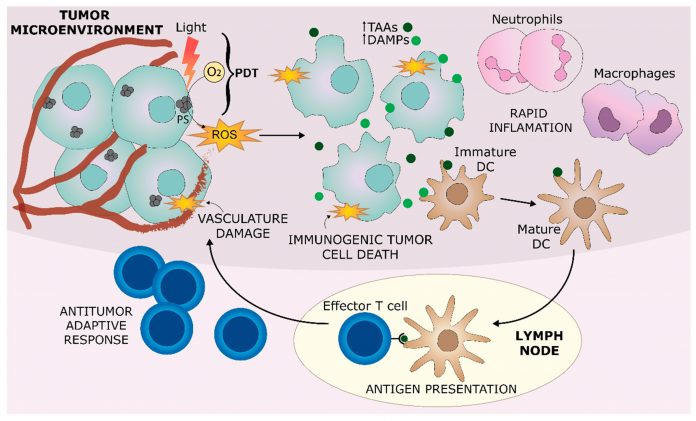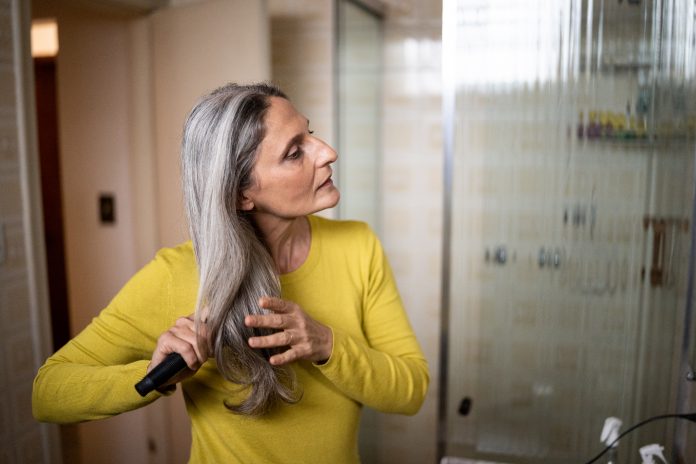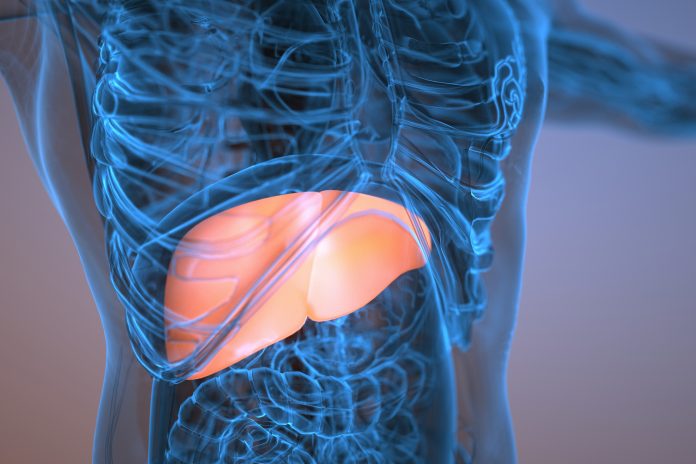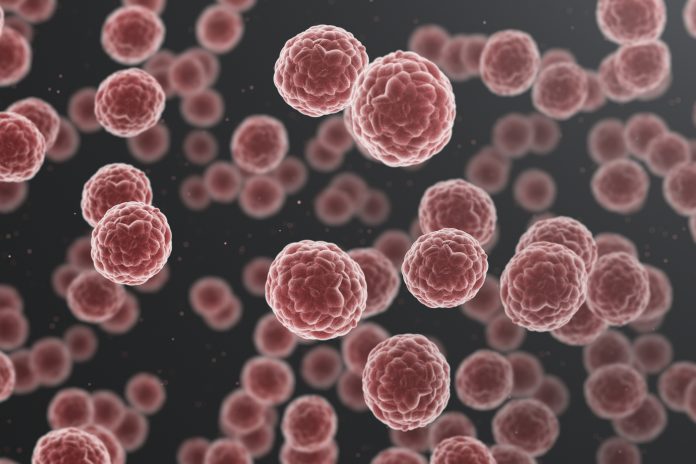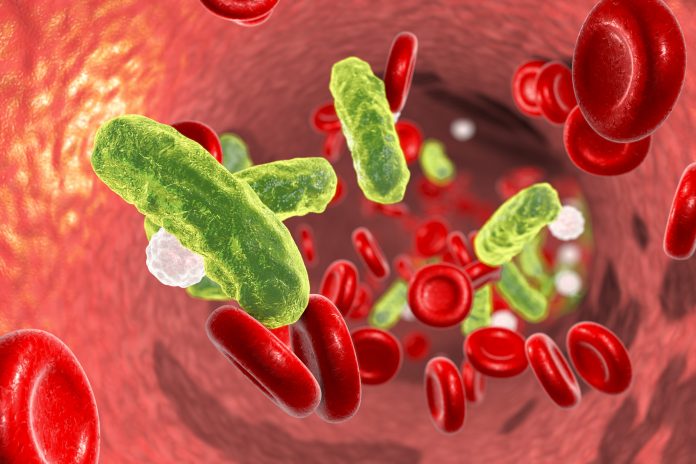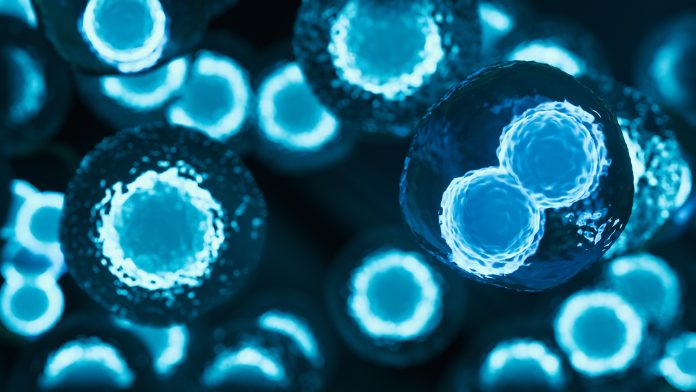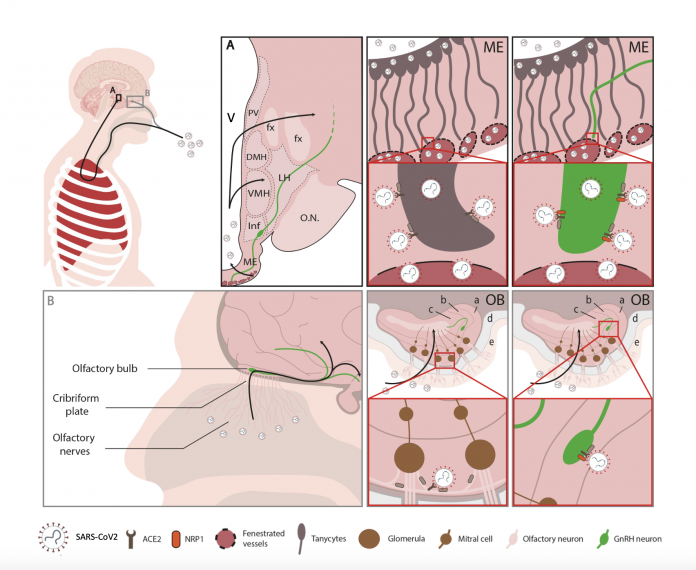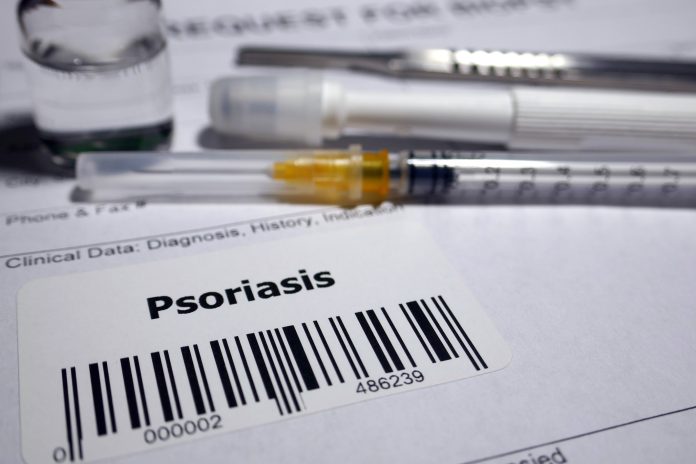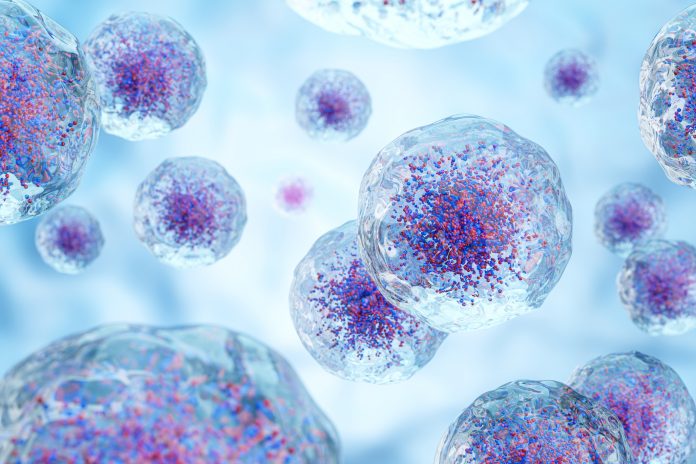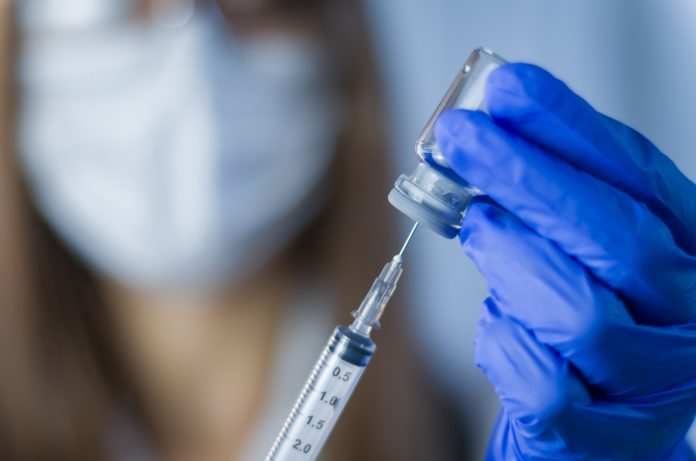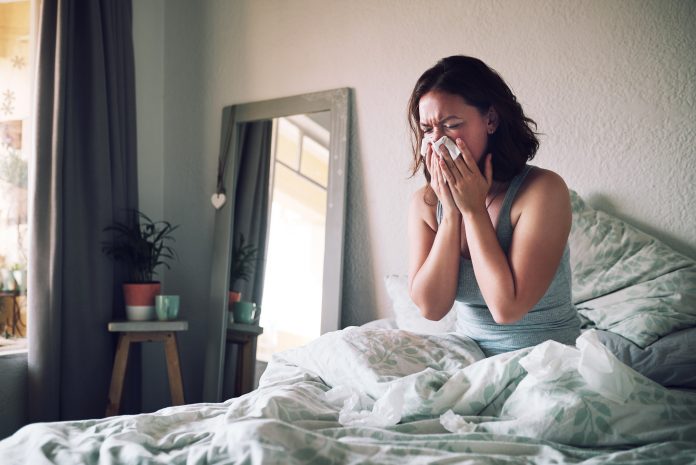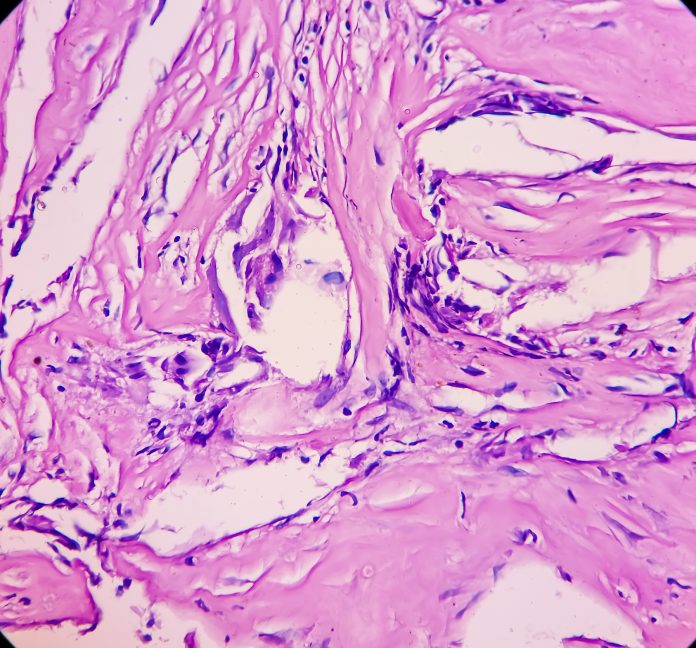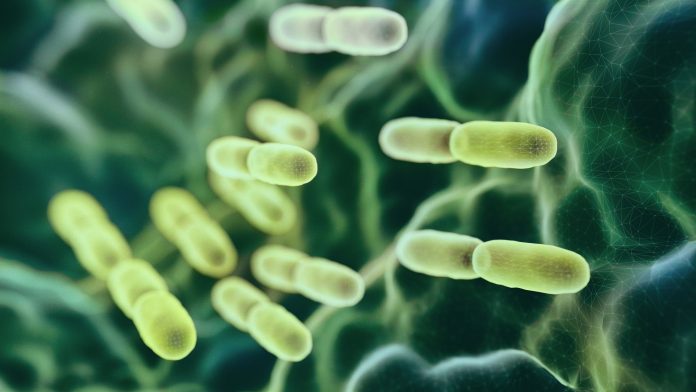Home Search
red blood cell - search results
If you're not happy with the results, please do another search
Photodynamic therapy and immune response in solid tumours
Photodynamic therapy can stimulate a person’s own immune system to better recognise – and fight – cancer tumours, say Mary Potasek, PhD and Karl Beeson, PhD of Simphotek and Theresa M Busch, PhD of the Department of Radiation Oncology, University of Pennsylvania.
How does our diet and lifestyle affect our hair growth?
According to hair stylists, 68% of women are unhappy about their hair. How women feel about our hair correlates strongly with our feelings. The most common complaints are that our hair is 'too dry', 'it's falling out', or it 'grows too slowly'.
Hydrogen therapy for liver surgery: Current insights and future prospects in ischemia-reperfusion injury
Prof. Giovanni Brandi1,2 and Dr. Simona Tavolari1 of the 1 Medical Oncology, IRCCS Azienda Ospedaliero-Universitaria di Bologna, Bologna, Italy; 2Department of Medical and Surgical Sciences, University of Bologna, Bologna, Italy, discuss ischemia-reperfusion injury in hepatic surgery, and the potential to prevent it through hydrogen-therapy.
High-resolution snapshots of antibody repertoires as potential correlates of protection
Klaus Eyer from ETH Zurich describes high-resolution snapshots of antibody repertoires as potential correlates of protection.
The immediate impact of e-hookah vaping on vascular health
With the rise of vaping continuing to increase, electronic (e-) hookahs have been advertised as a safer tobacco alternative, but it’s not all it seems.
Unraveling the potential of antisense therapies to target neuropilin 1 in the fight against...
Secarna Pharmaceuticals, the next-generation antisense drug discovery and development company, is developing novel approaches to successfully target Neuropilin 1 (NRP1), a promising target for the treatment of cancer.
Sepsis and the killer platelets
Dermot Cox BSc, PG Dip Ed, PhD, Pharmacology Lead from the School of Pharmacy and Biomolecular Sciences – RCSI University of Medicine & Health Sciences, discusses sepsis and the killer platelets.
Nanoplastics found in bottled water raise concerns over human health
Microplastics have become a global environmental concern, with these tiny particles infiltrating polar ice, soil, drinking water, and food we consume.
Lessons from Libby: Understanding the impact of asbestos exposure
Jean C. Pfau, Scientific Consultant at the Center for Asbestos Related Disease, shares the devasting story of asbestos exposure occurring in a Rocky Mountain town of Montana and the critical lessons that can be learned from this event.
Breaking the stigma: Men’s mental health matters
Dr Deborah Lee from Dr Fox Online Pharmacy discusses men’s mental health, including common barriers to seeking help and the measures needed to improve overall awareness and support.
Secarna aims to expand the therapeutic toolbox against cancer
Current oncology treatments have significantly improved cancer survival rates, but more effective and safer therapeutics are needed.
Supporting stroke patients: The societal and healthcare burden of stroke
Elliot Grantham, Market Development Manager at Medtronic, discusses the challenges in stroke care and how it could be improved for stroke patients.
Brain infection by SARS-CoV-2: Lifelong consequences
The WATCH team, founded to elucidate the role played by specialized brain cells called tanycytes in various physiological processes, has been investigating how and where the SARS-CoV-2 virus infects the brain, and some long-term consequences of this neuro-invasion.
Understanding psoriasis: Symptoms, causes, and treatments
Psoriasis is a chronic immune-mediated inflammatory disease that can impact sufferers’ mental and physical health. We discuss the complexity of the condition as well as the emergence of effective treatments with the national UK charity The Psoriasis Association.
Personalised treatment shows promising results in leukaemia trial
A new personalised treatment has been discovered for the most common form of adult leukaemia, which has been found to help patients live longer.
Can an immunisation technique speed up vaccine development?
Researchers in Germany have pioneered a system for displaying epitopes in mammal cells, potentially revolutionising immunisation studies.
Promoting regular exercise to protect brain health
Regular exercise is a critical step in maintaining healthy physiology and ensuring healthy aging. However, there are many diseases and conditions that make exercise inaccessible or reduce its efficacy. The Wessells lab studies exercise and the pathways it works through to identify key molecules required for a proper exercise response.
Which natural remedies will help you battle a cold this year?
With the days getting colder and colder and the flu season approaching, several health professionals give their insight and recommendations on natural remedies for illnesses.
Current and future therapy for BRAF-mutant pediatric glioma
Professor Peter J. Houghton from the Greehey Children’s Cancer Research Institute discusses new approaches to pediatric cancer treatment specifically for BRAF-mutant pediatric glioma.
Sepsis survivors: Improving long-term health outcomes post sepsis
Michael Wong and Amy Campbell from the Physician-Patient Alliance for Health & Safety reflect on the fourth World Sepsis Congress discussion, which focused on ways to improve long-term health outcomes post sepsis.


